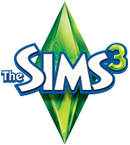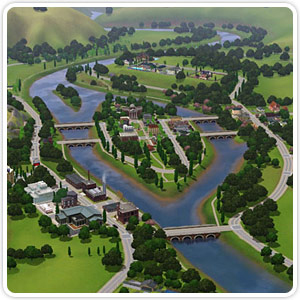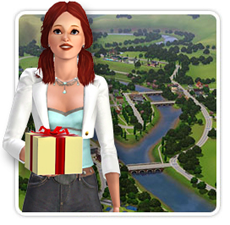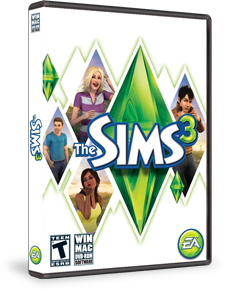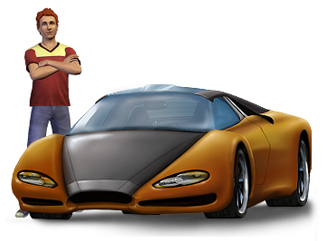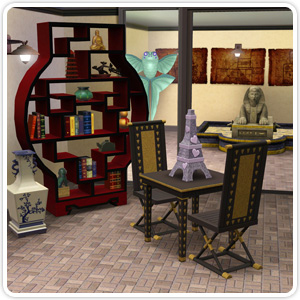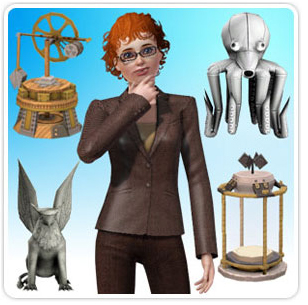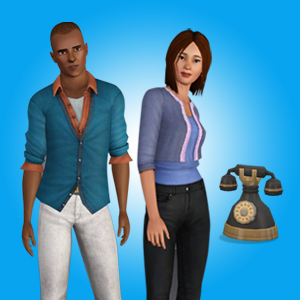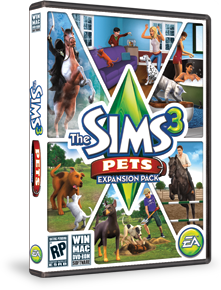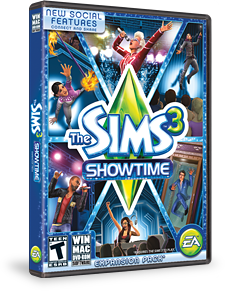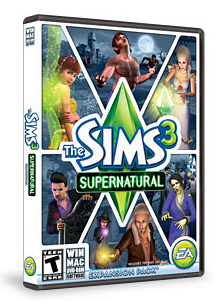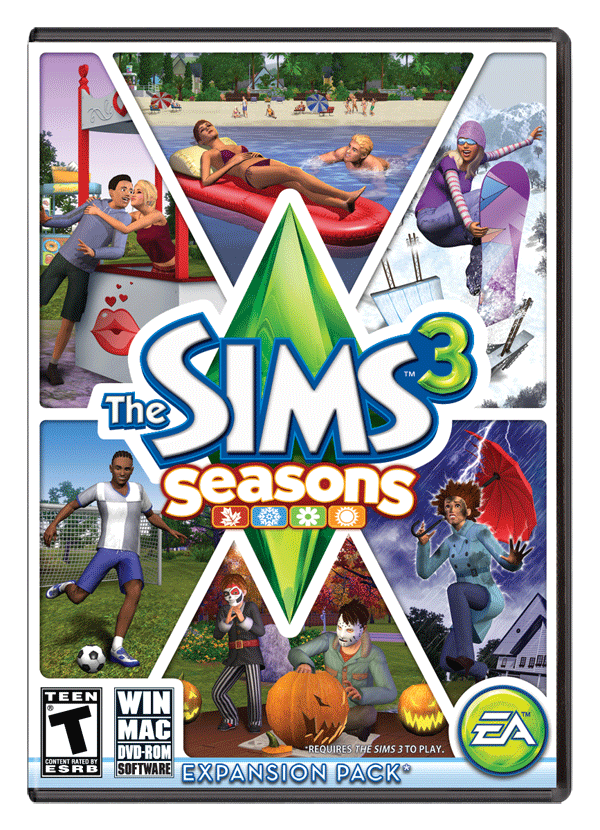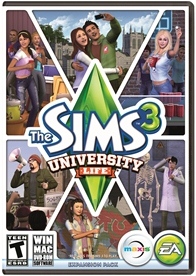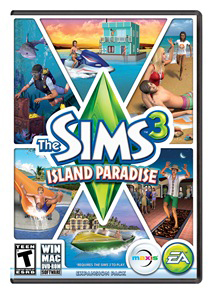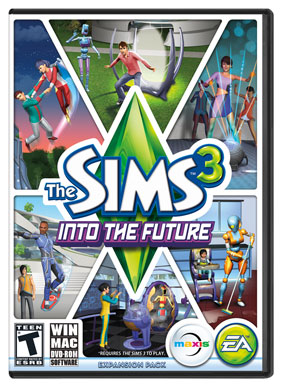Maya is a tool of vast multimedia industry which creates animation related projects. Surface and organic modelling in Autodesk Maya are the techniques for appearing or introducing strong items. Surface Modelling is simpler to accomplish than solid modelling in Maya. You can get
Autodesk Maya Training at ADMEC.
Overview of Autodesk Maya
Autodesk Maya is the leading animation software being used in box office hit movies, games, and various other projects. It is a feature rich paid software from Autodesk.
ADMEC Multimedia institute offers professional training for Blender and Maya bot.
Natural displaying utilizes similar fundamental instruments needed for hard demonstrating. Nonetheless, the interest on the devices is more noteworthy. Natural looking surfaces are a lot harder to produce than most manufacturing plant assembled objects. Natural surfaces require nature's defects and long nonstop surfaces that mix once more into themselves.
Both hard surface and natural displaying are at their center still polygonal demonstrating. Albeit various strategies are utilized between the two. Basically, the contrast among natural and hard surface demonstrating is what the names infer.
Natural or organic displaying is normally making 3D models of living animals like individuals or creatures. Hard surface demonstrating is normally centered around inorganic items like building, structures, or furniture.
However large numbers of the standards of displaying between the two are comparative. It takes a ton of training to have the option to dominate both or to spend significant time in only one.
One more significant thing to note is the line between these two classifications. It is regularly questioned by many.
Organic Modelling
As recently expressed, organic models are by and large acknowledged as being models of living things. These reach from trees and plants to creatures and individuals. Organic models are generally used in activity, so there are a few significant guidelines to observe for the best outcomes.
Few important points to keep in mind while working with organic modelling:
- Organic modelling will as a rule need to be altogether quads. This implies that every one of the polygons used to make the model are 4 sided.
- The shape generally isn't as significant, as long as the quantity of sides rises to four.
- This is significant as "N-gons" (polygons with at least 5 sides) can act creatively when partitioned or animated.
- Therefore, it is great practice to stay away from them in all models yet more significantly in organic items.
- It's a lot more straightforward to make kinks and skin folds in ZBrush or Mudbox than on a polygonal level.
Hard Surface Modelling
Hard surface modelling is I would say more lenient than organic modelling. Because of the reality they are typically static items, the sort of polygons you wind up utilizing are not so significant as long as the end result looks great.
Yet again at the same time, this is the place where the qualification can get foggy.
A couch is a delicate item to model with a ton of bends and overlap that make it look reasonable. Is it still a hard surface model? Depends who you inquire.
Hard surface modelling is generally where individuals start with 3D modelling to become accustomed to the work process. Surface edges are for the most part simpler to model than a face with many bends and wrinkles.
At the point when hard surface modelling is great all the time to work on static items and organic modelling is best for natural elements.
For vehicles and structures, it's great to get tightly to certain diagrams that you can import onto a plane in your 3D programming, and afterward viably follow to get the most ideal extents.



